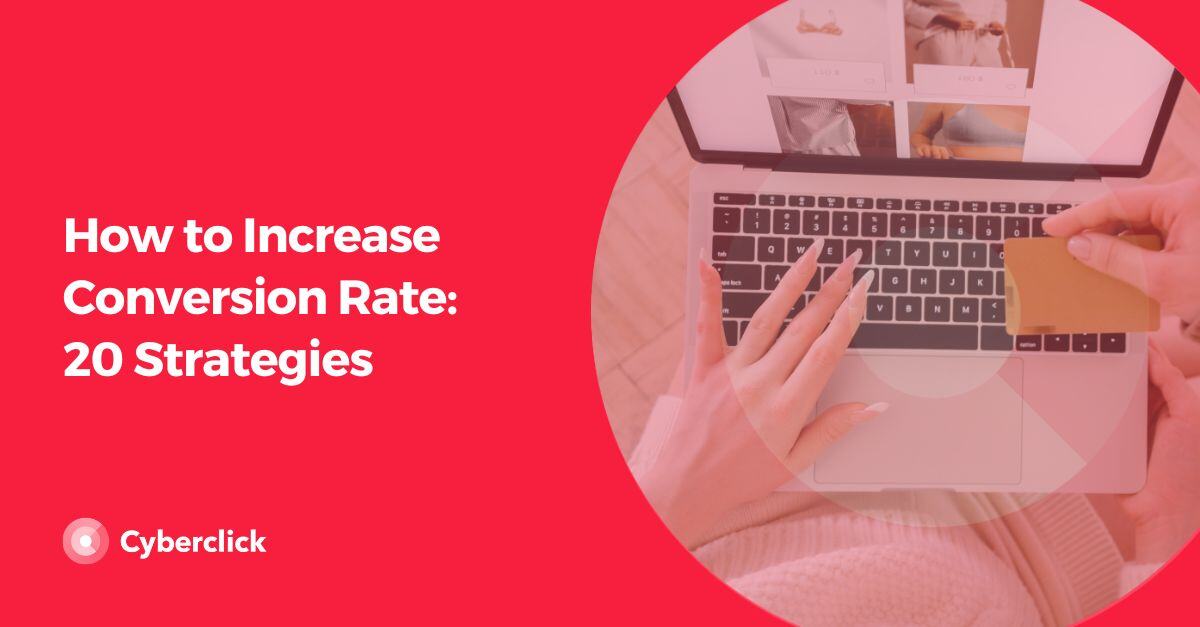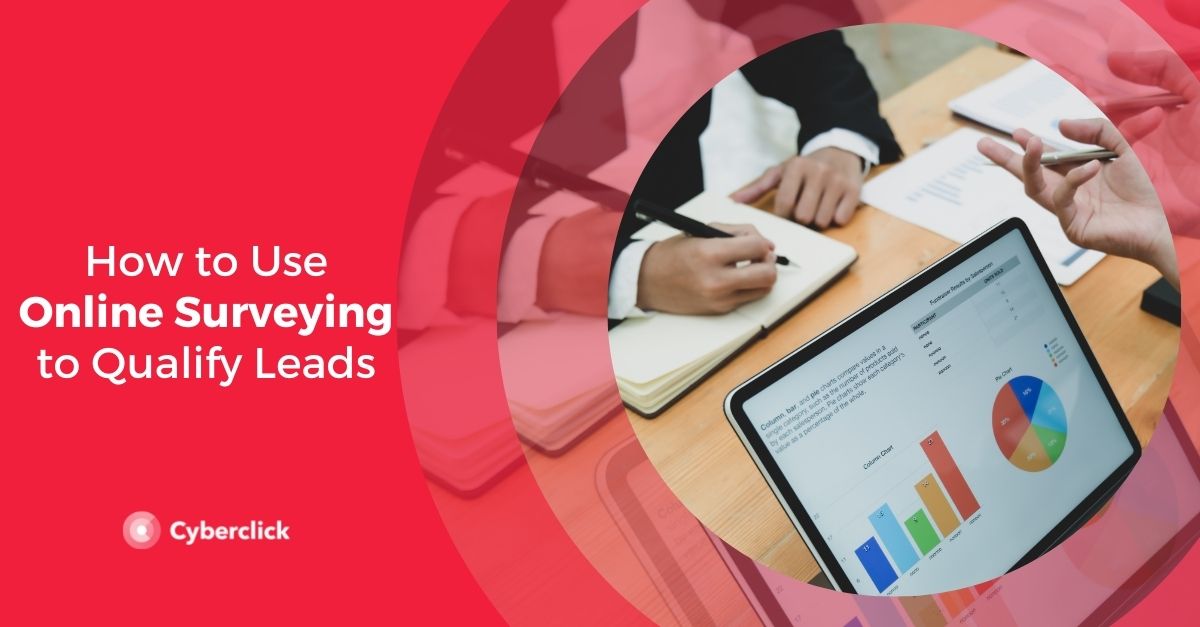Are you frustrated that your email marketing campaigns are landing in your audience’s spam folders? Rest assured, you have the power to change that.
Many brands, like yours, invest significant time and effort in crafting compelling emails to boost sales, only to be disappointed with lackluster results. One major reason for poor performance could be that your emails end up in the spam folder, where they go unread because they are mistaken for junk or unwanted advertising, even by those who subscribed to your newsletter. Sometimes, your emails may look like spam, leading recipients to mark them as such, even if they aren’t.
If you’ve confirmed that your emails are indeed ending up in spam or being marked as spam (as a first step, you need to verify if this is causing your poor performance), we’re here to help with a series of tips to keep your emails visible in the main inbox and reduce the likelihood of being tagged as spam.

1. Use Few or Compressed Images
Using too many images or large images in an email can cause slow loading times, prompting the recipient to mark it as spam without seeing the content.
Many email marketing tools automatically compress images, but if yours doesn’t, you can use external platforms to do so. Additionally, some email providers (like Microsoft’s) block images by default unless the recipient specifies they want emails from that sender in their main inbox.
In summary, include images but ensure they aren’t the focal point of your email and always keep them compressed.
2. Add Alt Text to Your Email Images
Not only do some email providers block images by default, but many users also choose to block them. This affects the visual appeal of your email and means important messages or calls to action embedded in images won’t be seen or understood.
To avoid this, add important messages as alt text to your images. Even if the images aren’t displayed, the text will be visible, ensuring no content is lost.
3. Implement Double Opt-In for Subscriptions
You’ve likely encountered double opt-in when subscribing to a newsletter, receiving a confirmation email to verify your subscription and interest. This technique ensures that the person is genuinely interested in your messages and is less likely to mark them as spam.
4. Monitor Your Bounce Rates
The bounce rate in email marketing indicates the percentage of emails that didn’t reach their destination due to invalid addresses, full inboxes, or blocked receipts, among other reasons.
A high bounce rate increases the likelihood of being marked as spam by email servers. Regularly clean your contact list by removing addresses that bounce back your emails.
5. Avoid Buying Email Lists or Scraping Addresses from Websites
While buying email lists is legal, it’s not recommended. Recipients of these lists may not be interested in your products or services, or even know your brand. Most likely, they will delete the email or mark it as spam.
Similarly, indiscriminately scraping email addresses from the web isn’t advisable. However, if you do it thoughtfully, ensuring a high likelihood of interest from the recipient, it can be a good practice.
It’s always better to encourage your audience to subscribe to your newsletter, ensuring genuine interest.
6. Avoid Spam-Like Subject Lines
Emails can be marked as spam by servers and users, who often rely on the email’s subject line. Avoid the following to reduce the chance of being marked as spam:
- All caps.
- Exclamation marks.
- Phrases like “this is not spam.”
- Words like free, click here, discount, etc.
7. Optimize Your Sending Times
The more engagement an email gets, the less likely it is to be marked as spam. Increase engagement by sending emails at times when your audience typically checks their inbox.
There are tools to identify these optimal times for each contact, allowing you to personalize and time your emails effectively.
8. Preview Emails Before Sending
Emails must be compatible with different devices and email servers. If they aren’t displayed correctly, the likelihood of being marked as spam increases.
Before sending, use your email marketing tool’s preview feature and send a test email to yourself to ensure proper display across all platforms.
9. Start Sending Emails Early
Email servers are suspicious when a sender suddenly sends messages to a large number of recipients. Gradually increase your email volume to avoid this. Start sending emails as soon as you have a few contacts in your database; don’t wait to have hundreds.
10. Use a Personal Name Alongside Your Brand Name
Including a personal name with your brand name as the sender increases the chances of your email being opened. It’s recommended to use the name of a real employee known to the recipients, such as an Account Manager.
11. Include an Unsubscribe Button in Every Email
Including an unsubscribe button is mandatory and helps keep your database clean without effort. This allows uninterested recipients to opt-out, improving your performance and reducing the risk of being marked as spam.
12. Ask Subscribers to Add You to Their Whitelist
Email filters have become so strict that even interested subscribers can have your emails marked as spam. Encourage your subscribers to add you to their address book or whitelist and indicate that they want to receive your emails in their primary inbox.
13. Check If You’re on a Blacklist
You might be in the spam folder because your domain or IP is blacklisted. Use sites like Spamcom or SORBS to check. If you are blacklisted, contact your internet provider or the blacklist service to resolve the issue promptly.
14. Write Longer Emails (Within Reason)
Emails with 500 words or more are less likely to end up in the spam folder because actual spam messages usually don’t have long content. While overly lengthy emails are not advisable in email marketing, avoid excessively short messages.
15. Keep Your Contact Database Clean
Periodically review your contact list and remove those who don’t open or interact with your emails. This improves your email marketing results and reduces the likelihood of being marked as spam by maintaining an engaged audience.
By following these tips, you can enhance your email marketing strategy, ensuring your messages reach the primary inbox and effectively engage your audience.
Inbound Marketing & Content Strategist en Cyberclick. Experta en marketing online, gestión de contenidos, estrategia en redes sociales, y creación y optimización de campañas en social ads.
Inbound Marketing & Content Strategist at Cyberclick. Expert in online marketing, content management, social media strategy, and creation and optimization of campaigns in social ads.



.jpg)


Leave your comment and join the conversation